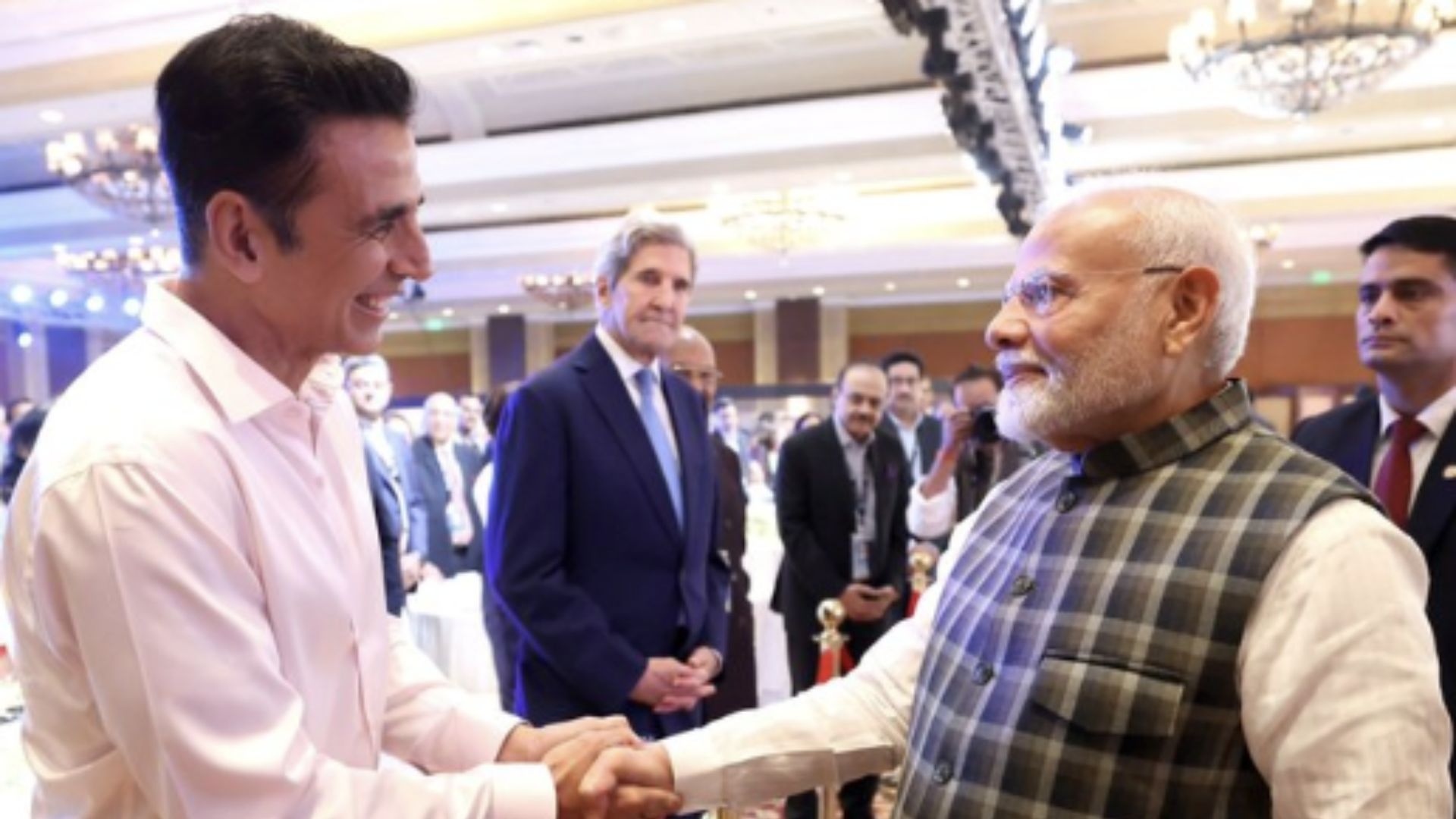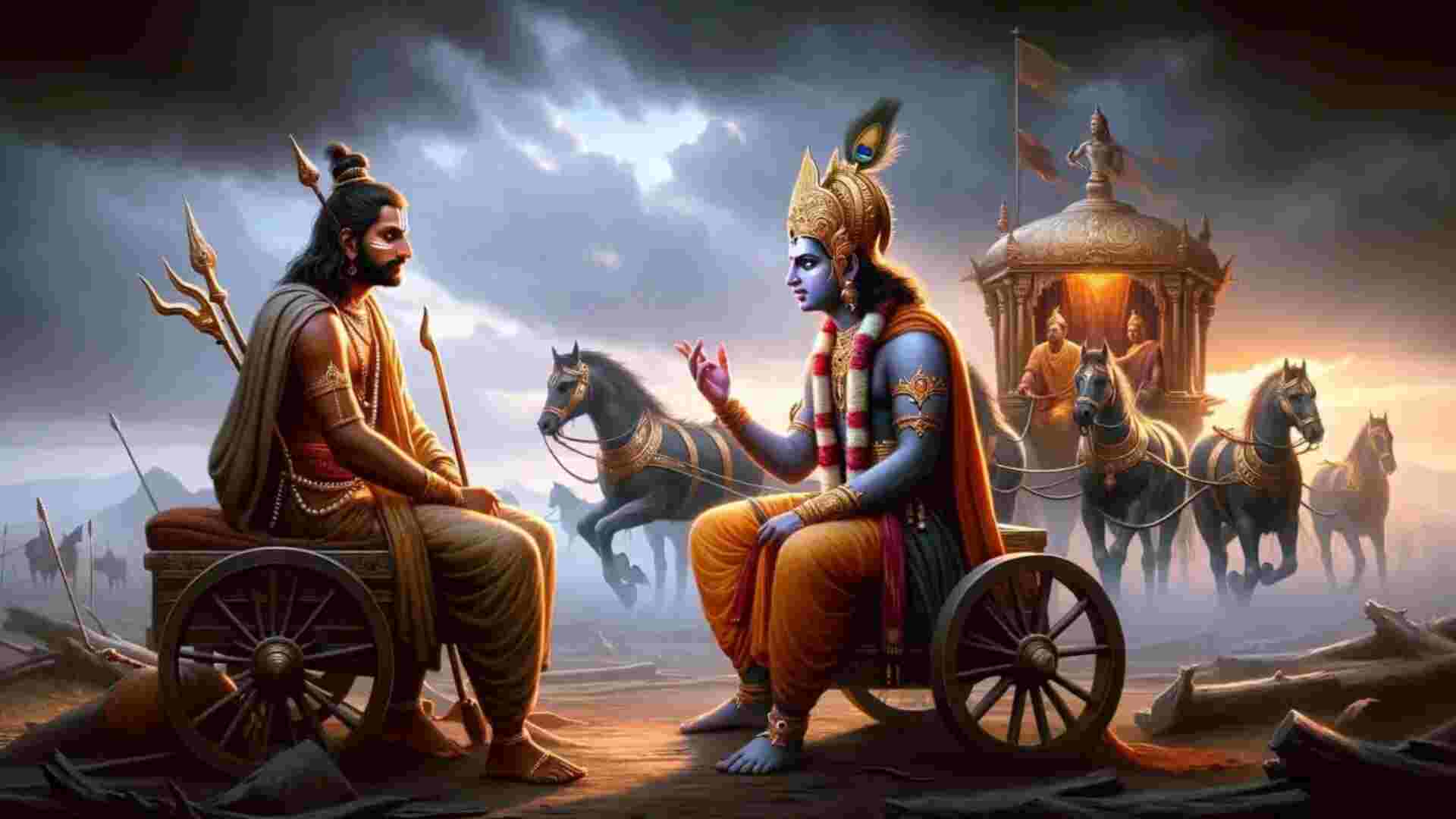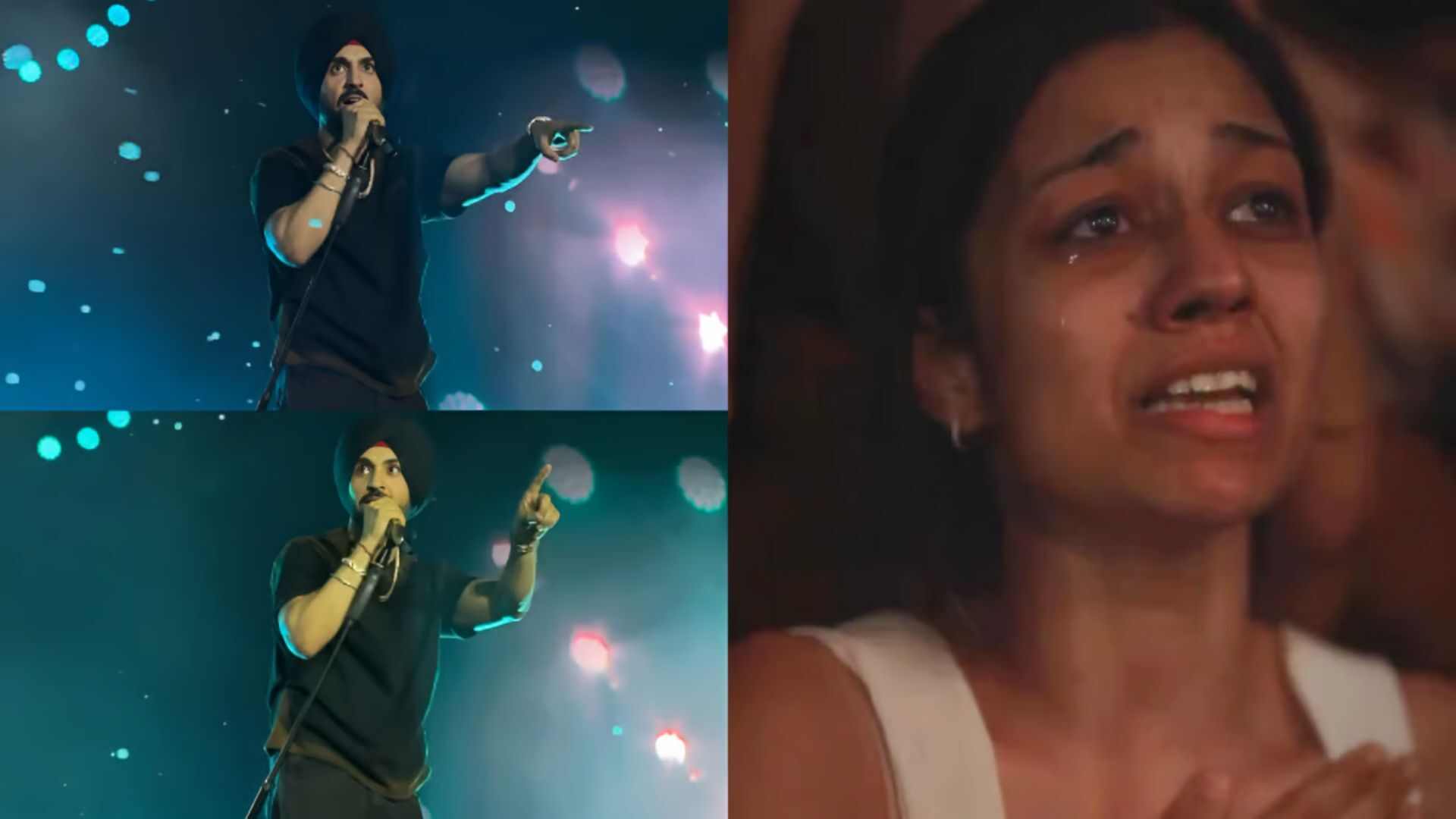
The history of Indian cinema is a rich tapestry that spans over a century, marked by innovation, creativity, and cultural significance. Indian cinema, often referred to as Bollywood (though Bollywood specifically represents the Hindi-language film industry based in Mumbai), encompasses a diverse range of regional film industries producing movies in various languages such as Hindi, Tamil, Telugu, Bengali, and more.
The cinema of India, consisting of motion pictures made by the Indian film industry, has had a large effect on world cinema since the late 20th century. Indian cinema is made up of various film industries, including Bollywood, which makes motion pictures in the Hindi language and is one of the biggest film industries in the country. Major centers of film production across the country include Mumbai, Hyderabad, Chennai, Kolkata, Kochi, Bangalore, Bhubaneswar-Cuttack and Guwahati. For a number of years the Indian film industry has ranked first in the world in terms of annual film output. In 2022, Indian cinema earned Rs 15,000 crore at the box-office.
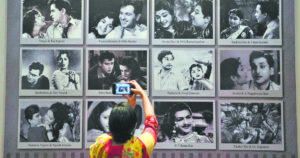
Indian cinema is composed of multilingual and multi-ethnic film art. In 2022, Hindi cinema represented 33% of box office revenue, followed by Telugu representing 20%, Tamil representing 16%, Kannada representing 8% and Malayalam representing 6%. Other prominent film industries are that of Bengali, Marathi, Odia, Punjabi, Gujarati and Bhojpuri. As of 2022, the combined revenue of South Indian film industries have surpassed that of the Mumbai-based Hindi-language film industry (Bollywood). As of 2022, Telugu cinema leads Indian cinema’s box-office revenue.
HISTORY
Talking about the nascent stage of the cinema reports suggest that it dated back to the last 19th century. The history of cinema in India extends to the beginning of the film era. Following the screening of the Lumière and Robert Paul moving pictures in London in 1896, commercial cinematography became a worldwide sensation and these films were shown in Bombay (now Mumbai) that same year.
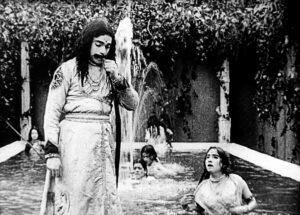
In 1897, a film presentation by filmmaker Professor Stevenson featured a stage show at Calcutta’s Star Theatre. With Stevenson’s camera and encouragement, Indian photographer Hiralal Sen filmed scenes from that show, exhibited as The Flower of Persia (1898). The Wrestlers (1899), by H. S. Bhatavdekar, showing a wrestling match at the Hanging Gardens in Bombay, was the first film to be shot by an Indian and the first Indian documentary film. From 1913 to 1931, all the movies made in India were silent films, which had no sound and had inter-titles.
The beginning of Indian cinema can be traced back to 1913 with the release of “Raja Harishchandra,” directed by Dadasaheb Phalke, considered India’s first full-length feature film. This silent film marked the inception of the Indian film industry and laid the foundation for future cinematic endeavors.
The first Tamil and Malayam films, also silent films, were Keechaka Vadham (1917–1918, R. Nataraja Mudaliar) and Vigathakumaran (1928, J. C. Daniel Nadar). The latter was the first Indian social drama film and featured the first Dalit-caste film actress.
In South India, film pioneer Raghupathi Venkayya, credited as the father of Telugu cinema, built the first cinemas in Madras (now Chennai), and a film studio was established in the city by Nataraja Mudaliar
During the silent era, filmmakers experimented with storytelling techniques, and notable directors like Dadasaheb Phalke and Franz Osten made significant contributions to Indian cinema.
Sound era
The advent of sound in the late 1920s revolutionized Indian cinema, leading to the production of the first Indian talkie, “Alam Ara,” in 1931. This marked a new era in Indian filmmaking, as sound opened up avenues for storytelling, music, and dialogue.
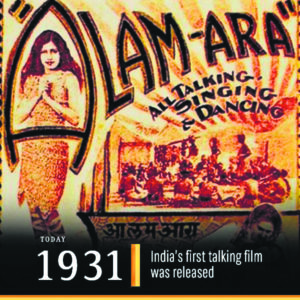
Alam Ara was made by Ardeshir Irani. Ayodhyecha Raja (1932) was the first sound film of Marathi cinema. Irani also produced South India’s first sound film, the Tamil–Telugu bilingual talking picture Kalidas (1931, H. M. Reddy).
East India Film Company produced its first Telugu film, Savitri (1933, C. Pullaiah), adapted from a stage play by Mylavaram Bala Bharathi Samajam. The film received an honorary diploma at the 2nd Venice International Film Festival.
Jyoti Prasad Agarwala made his first film Joymoti (1935) in Assamese, and later made Indramalati.
By 1935, studios emerged in major cities such as Madras, Calcutta and Bombay as filmmaking became an established industry, exemplified by the success of Devdas (1935).
The first colour film made in India was Kisan Kanya (1937, Moti B). Viswa Mohini (1940) was the first Indian film to depict the Indian movie-making world.
GOLDEN AGE
The Golden Age of Indian cinema, often considered the 1950s and 1960s, saw the emergence of iconic filmmakers like Satyajit Ray, Ritwik Ghatak, and Bimal Roy, who introduced realism and social themes into Indian cinema.
The Apu Trilogy (1955–1959, Satyajit Ray) won prizes at several major international film festivals and firmly established the Parallel Cinema movement. It was influential on world cinema and led to a rush of coming-of-age films in art house theatres. During the 1950s, Indian cinema reportedly became the world’s second largest film industry, earning a gross annual income of Rs 250 million (equivalent to Rs 26 billion or US$330 million in 2023) in 1953.

The government created the Film Finance Corporation (FFC) in 1960 to provide financial support to filmmakers. While serving as Information and Broadcasting Minister of India in the 1960s, Indira Gandhi supported the production of off-beat cinema through the FFC
Commercial Hindi cinema began thriving, including acclaimed films Pyaasa (1957) and Kaagaz Ke Phool (1959, Guru Dutt) Awaara (1951) and Shree 420 (1955, Raj Kapoor). These films expressed social themes mainly dealing with working-class urban life in India; Awaara presented Bombay as both a nightmare and a dream, while Pyaasa critiqued the unreality of city life.
Epic film Mother India (1957, Mehboob Khan) was the first Indian film to be nominated for the US-based Academy of Motion Picture Arts and Sciences’ Academy Award for Best Foreign Language Film and defined the conventions of Hindi cinema for decades. It spawned a new genre of dacoit films. Gunga Jumna (1961, Dilip Kumar) was a dacoit crime drama about two brothers on opposite sides of the law, a theme that became common in Indian films in the 1970s. Madhumati (1958, Bimal Roy) popularized the theme of reincarnation in Western popular culture.

Sivaji Ganesan became India’s first actor to receive an international award when he won the Best Actor award at the Afro-Asian film festival in 1960 and was awarded the title of Chevalier in the Legion of Honour by the French Government in 1995. Tamil cinema is influenced by Dravidian politics, with prominent film personalities C N Annadurai, M G Ramachandran, M Karunanidhi and Jayalalithaa becoming Chief Ministers of Tamil Nadu.
This period also witnessed the rise of legendary actors such as Dilip Kumar, Raj Kapoor, and Dev Anand, who became synonymous with Indian cinema’s golden era.
In subsequent decades, Indian cinema continued to evolve, with the emergence of new genres, experimental filmmaking, and the globalization of Bollywood. The 1970s and 1980s saw the rise of the masala film, characterized by a mix of action, drama, romance, and music, while the 1990s witnessed the resurgence of parallel cinema with filmmakers like Shyam Benegal and Govind Nihalani.
Present
The 21st century brought further diversification to Indian cinema, with the emergence of independent filmmakers, the globalization of Bollywood, and the rise of regional cinema. Indian films began to garner international acclaim, with movies like “Lagaan,” “Slumdog Millionaire,” and “Gully Boy” receiving widespread recognition at international film festivals and award ceremonies.
Today, Indian cinema continues to thrive as one of the world’s largest film industries, producing a vast array of films that cater to diverse audiences both domestically and internationally. From commercial blockbusters to thought-provoking art films, Indian cinema remains a vibrant and dynamic cultural force that reflects the rich tapestry of Indian society and culture.
By 1986, India’s annual film output had increased to 833 films annually, making India the world’s largest film producer. Hindi film production of Bombay, the largest segment of the industry, became known as “Bollywood”.
By 1996, the Indian film industry had an estimated domestic cinema viewership of 600 million people, establishing India as one of the largest film markets, with the largest regional industries being Hindi, Telugu, and Tamil films. In 2001, in terms of ticket sales, Indian cinema sold an estimated 3.6 billion tickets annually across the globe, compared to Hollywood’s 2.6 billion tickets sold.
Realistic Parallel Cinema continued throughout the 1970s, practised in many Indian film cultures. The FFC’s art film orientation came under criticism during a Committee on Public Undertakings investigation in 1976, which accused the body of not doing enough to encourage commercial cinema.
Currently, Amitabh Bhachchan, Shahrukh Khan, Amir Khan, Hrithik Roshan, Akshay Kumar, Ranbir Kapoor, Ranveer Singh, Mahesh Babu, Rajnikant, Kamal Hasan, Allu Arjun, Junior NTR, Ram Charan, Aishwarya Rai, Kareena Kapoor, Katrina Kaif, Samantha Ruth Prabhu, Manoj Tiwari, Diljit Dosanjh, Yash etc are among the leading actors of Indian cinema.
Regional Cinema
Regional cinema in India is incredibly diverse and vibrant, reflecting the cultural richness and linguistic diversity of the country. Each region produces films in its own language, exploring local themes, traditions, and issues. Here’s a brief overview of some prominent regional cinemas in India:
Tamil Cinema (Kollywood): Tamil cinema, based in the state of Tamil Nadu, is one of the oldest and most influential regional film industries in India. It’s known for its unique storytelling style, strong narratives, and powerful performances. Chennai is the hub of Tamil cinema.
Telugu Cinema (Tollywood): Telugu cinema, based in Andhra Pradesh and Telangana, is renowned for its grandeur, melodrama, and commercial success. Hyderabad is its main center, and it produces a large number of films annually.
Malayalam Cinema (Mollywood): Malayalam cinema, from the state of Kerala, is often celebrated for its realism, strong storylines, and emphasis on artistic quality. It has a rich tradition of both mainstream and parallel cinema.
Kannada Cinema (Sandalwood): Kannada cinema, from the state of Karnataka, has a long history dating back to the 1930s. It’s known for its experimentation with themes and genres and has produced many critically acclaimed films.
Bengali Cinema (Tollywood): Bengali cinema, based in West Bengal, is renowned for its artistic excellence, realism, and contribution to Indian cinema’s parallel movement. Kolkata is its main center.
Marathi Cinema: Marathi cinema, from the state of Maharashtra, has a rich heritage dating back to the early 20th century. It’s known for its progressive themes, social commentary, and experimental storytelling.
Punjabi Cinema: Punjabi cinema, from the state of Punjab, primarily focuses on themes related to Punjabi culture, music, and rural life. It has gained popularity not only in India but also among Punjabi diaspora worldwide.
Assamese Cinema: Assamese cinema, from the northeastern state of Assam, often explores themes related to the region’s culture, society, and identity. It has a smaller industry compared to some other regional cinemas but has produced notable films.
Gujarati Cinema: Gujarati cinema, from the state of Gujarat, has seen a resurgence in recent years with the emergence of new talent and fresh storytelling approaches. It caters to both urban and rural audiences.
Global Recognition
While primarily an American film award, Indian films have gained recognition at the Oscars in various categories. Films like “Mother India,” “Lagaan,” and “Slumdog Millionaire” have received nominations and won Academy Awards.
The Cannes Film Festival, held annually in France, is one of the most prestigious film festivals globally. Indian films and artists often participate and have won awards, including the Palme d’Or. Notable Indian films that have received recognition at Cannes include “Pather Panchali” and “Sacred Games.”
The Golden Globe Awards, an American accolade, has seen recognition for Indian films and artists. A.R. Rahman, for instance, won the Golden Globe for Best Original Score for “Slumdog Millionaire.”
At 66th Annual Grammy Awards, India won six Grammys, three of which were secured by Zakir Hussain. Shankar Mahadevan wins his first Grammy alongside Hussain for their fusion band Shakti’s latest release This Moment. Best Global Music Performance is won by Zakir Hussain’s song Pashto, which also features Indian flautist Rakesh Chaurasia.
In 2023, the song Naatu Naatu from the hit Telugu-language film RRR has made history by becoming the first Indian film song to win an Oscar. The blockbuster track won Best Original Song at the 95th Academy Awards, beating heavyweights like Lady Gaga and Rihanna.
Interesting Facts About Indian Cinema
Indian cinema is not just about serious themes and intense dramas; it’s also filled with amusing anecdotes and quirky facts that add to its charm. Here are some funny facts about Indian cinema:
Over-the-top Action Scenes: Indian action movies often feature gravity-defying stunts and exaggerated fight sequences that defy the laws of physics. From heroes jumping off buildings without a scratch to fighting off a dozen villains single-handedly, Indian cinema takes action to a whole new level of absurdity.
Ridiculous Plot Twists: Indian movies are known for their melodramatic plot twists that sometimes leave viewers scratching their heads in disbelief. Whether it’s long-lost twins, miraculous reincarnations, or sudden amnesia, Indian filmmakers aren’t afraid to take creative liberties with their storytelling.
Item Numbers: Bollywood is notorious for its inclusion of catchy, often nonsensical, “item numbers” featuring scantily clad dancers gyrating to upbeat music. These sequences, while entertaining, often have little relevance to the plot and serve primarily as a way to attract audiences.
Over-the-top Dialogues: Indian movies are famous for their memorable dialogues, many of which are delivered with dramatic flair and over-the-top emotions. From cheesy one-liners to impassioned monologues, Indian cinema is a treasure trove of quotable lines that often veer into the realm of unintentional comedy.
Dubious Special Effects: While Indian filmmakers have made great strides in the realm of special effects, there are still plenty of instances where the CGI leaves much to be desired. From poorly animated animals to hilariously fake explosions, Indian cinema has its fair share of unintentionally funny visual effects.
Outlandish Costumes: Indian movies often feature elaborate costumes and extravagant outfits that border on the absurd. Whether it’s heroes sporting sequined jumpsuits or heroines clad in gaudy sarees, Indian cinema isn’t afraid to embrace the eccentric side of fashion.



